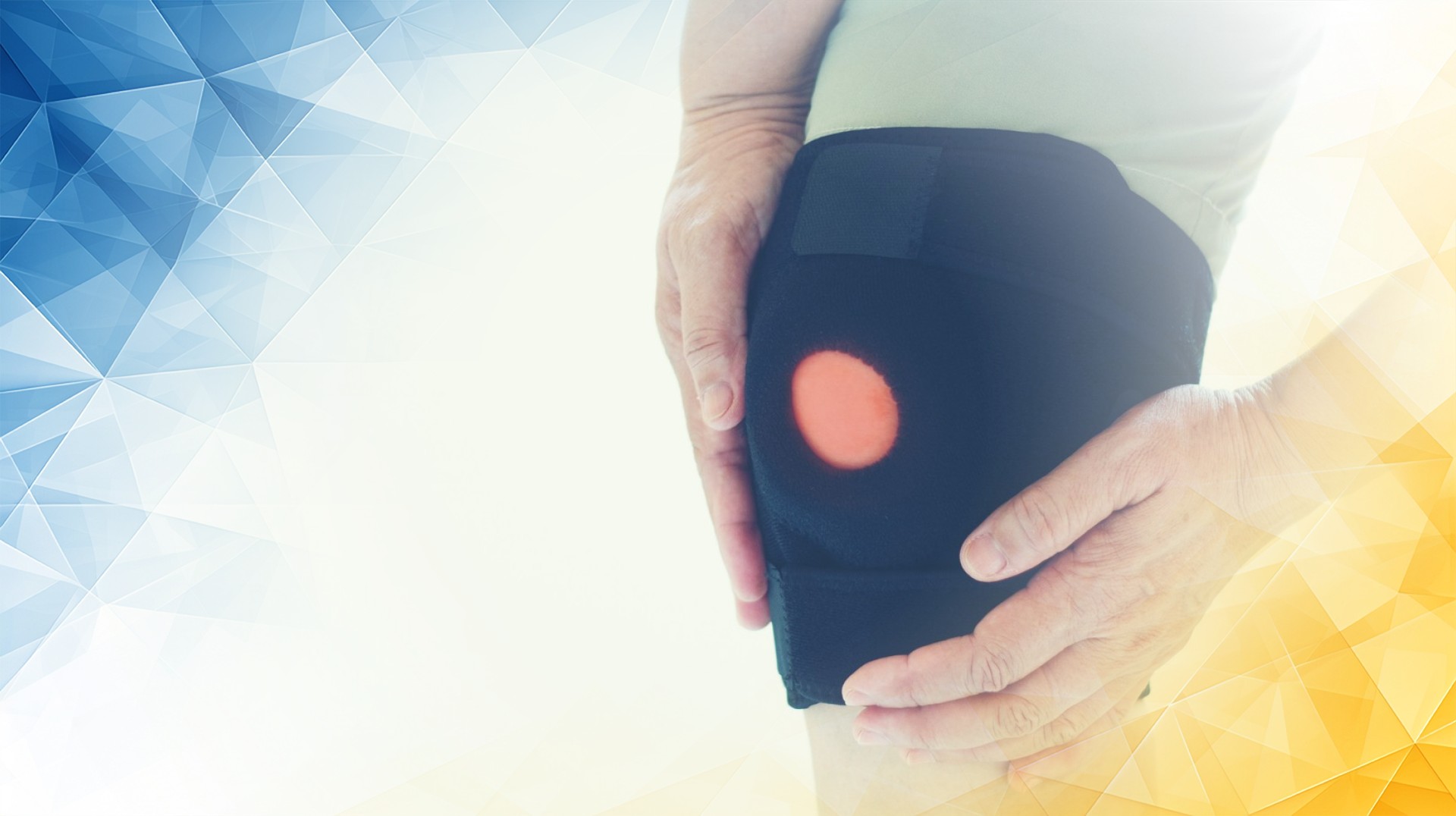



Ankle cartilage damage is a common issue that can seriously affect your ability to move comfortably and maintain an active lifestyle. Cartilage acts as a smooth, rubbery cushion in your joints, helping bones glide over each other without pain. When this tissue is damaged—whether from injury , repeated stress, or conditions like arthritis—it can lead to lasting pain, swelling, and stiffness. Traditional treatments often just manage the symptoms for a while, but many people are left searching for longer-lasting solutions. Fortunately, recent advances in regenerative medicine are opening up new possibilities to actually repair—and maybe even restore— damaged ankle cartilage . In this article, we’ll dive into these promising new approaches and explore what they could mean for the future of joint health .
The ankle joint is where the lower leg bones (tibia and fibula) meet the talus bone in your foot. This area is covered by a special type of cartilage called hyaline cartilage, which works like a built-in shock absorber and ultra-smooth surface, allowing the ankle to move easily and handle weight.
But there’s a catch: cartilage doesn’t have its own blood supply. Without blood to deliver healing cells and nutrients, cartilage struggles to repair itself when injured. Damage can happen suddenly—like from a bad sprain or fracture—or slowly from repeated stress or inflammation. Chondrocytes, the cells that maintain cartilage, don’t multiply easily, making it hard for your body to rebuild the complex structure that keeps cartilage tough and flexible. This lack of natural repair ability is why cartilage injuries are so stubborn and difficult to treat.
Recent research shows that cartilage damage in the ankle often progresses step by step and may go unnoticed due to the joint’s unique anatomy (Dahmen et al., 2021). Understanding these challenges helps explain why new treatment strategies are so important.
Responding to these challenges, scientists and doctors are developing cutting-edge treatments that go beyond simply masking symptoms.
One promising area is tissue engineering, where cartilage cells are grown in the lab on specially designed scaffolds—tiny frameworks that support cell growth and help regenerate new cartilage . These scaffolds are made from biocompatible materials that safely integrate into the body, encouraging healthy tissue to form and blend with existing cartilage .
Stem cell therapy is also creating new hope. Certain types of stem cells, called mesenchymal stem cells (often taken from a patient’s own bone marrow or fat tissue), can develop into cartilage cells and release substances that reduce inflammation and promote healing.
Researchers are also designing new biomaterials such as hydrogels —gel-like substances that mimic cartilage’s natural environment—and nanofibers that resemble the tiny fibers in healthy cartilage . These advanced materials help transplanted cells survive and function more effectively.
Together, these regenerative techniques aim to actually rebuild and rejuvenate damaged cartilage , not just alleviate pain. Recent clinical work shows that these approaches can offer significant relief, improve function, and enhance quality of life for patients, providing genuine hope for long-lasting results.
The good news? Many of these regenerative therapies have already moved beyond the lab and are being used in real clinical settings, often with impressive results. For instance, stem cell injections and scaffold implants have helped patients experience less pain, better ankle movement, and visible healing of cartilage seen on medical scans.
A standout technique is autologous chondrocyte implantation (ACI), where a small sample of a patient’s own cartilage cells is taken, grown in the lab, and then implanted back into the damaged area. This method has produced promising and lasting improvements for many people with ankle cartilage injuries .
Doctors are also using advanced imaging technologies to pinpoint damage more accurately, helping guide regenerative treatments for even better outcomes.
Clinical studies have demonstrated that advanced, minimally invasive procedures can deliver better results: patients receiving these regenerative treatments often report lower pain, greater function, and improved quality of life compared to those getting more traditional care (Li, 2024).
Combining these regenerative techniques with modern, minimally invasive surgery (such as arthroscopy) allows doctors to treat cartilage problems with precision and less downtime. While researchers are still working out exactly who benefits most from each approach and how to optimise protocols, the progress so far marks a major shift toward natural, effective joint restoration.
While these breakthroughs are highly encouraging, there’s still plenty of work to do. One challenge is ensuring that repaired cartilage stays strong and functional for years to come. Researchers are also looking for ways to minimise immune reactions that could threaten new tissue. Promising advances in areas like gene editing and personalised medicine—where treatments are tailored to your unique biology—are on the horizon.
As innovation continues, regenerative medicine could soon become a standard part of care for ankle injuries, offering patients faster recovery, longer-lasting relief, and better joint health.
In summary, ankle cartilage repair is moving beyond simply coping with symptoms. With the help of regenerative medicine , we’re entering a future where healing—and true recovery—are possible. This means new opportunities for anyone affected by cartilage damage to move freely and enjoy life again.
All our treatments are selected to help patients achieve the best possible outcomes and return to the quality of life they deserve. Get in touch if you have any questions.
At London Cartilage Clinic, we are constantly staying up-to-date on the latest treatment options for knee injuries and ongoing knee health issues. As a result, our patients have access to the best equipment, techniques, and expertise in the field, whether it’s for cartilage repair, regeneration, or replacement.
For the best in patient care and cartilage knowledge, contact London Cartilage Clinic today.
At London Cartilage Clinic, our team has spent years gaining an in-depth understanding of human biology and the skills necessary to provide a wide range of cartilage treatments. It’s our mission to administer comprehensive care through innovative solutions targeted at key areas, including cartilage injuries. During an initial consultation, one of our medical professionals will establish which path forward is best for you.
Contact us if you have any questions about the various treatment methods on offer.
Legal & Medical Disclaimer
This article is written by an independent contributor and reflects their own views and experience, not necessarily those of londoncartilage.com. It is provided for general information and education only and does not constitute medical advice, diagnosis, or treatment.
Always seek personalised advice from a qualified healthcare professional before making decisions about your health. londoncartilage.com accepts no responsibility for errors, omissions, third-party content, or any loss, damage, or injury arising from reliance on this material. If you believe this article contains inaccurate or infringing content, please contact us at [email protected].